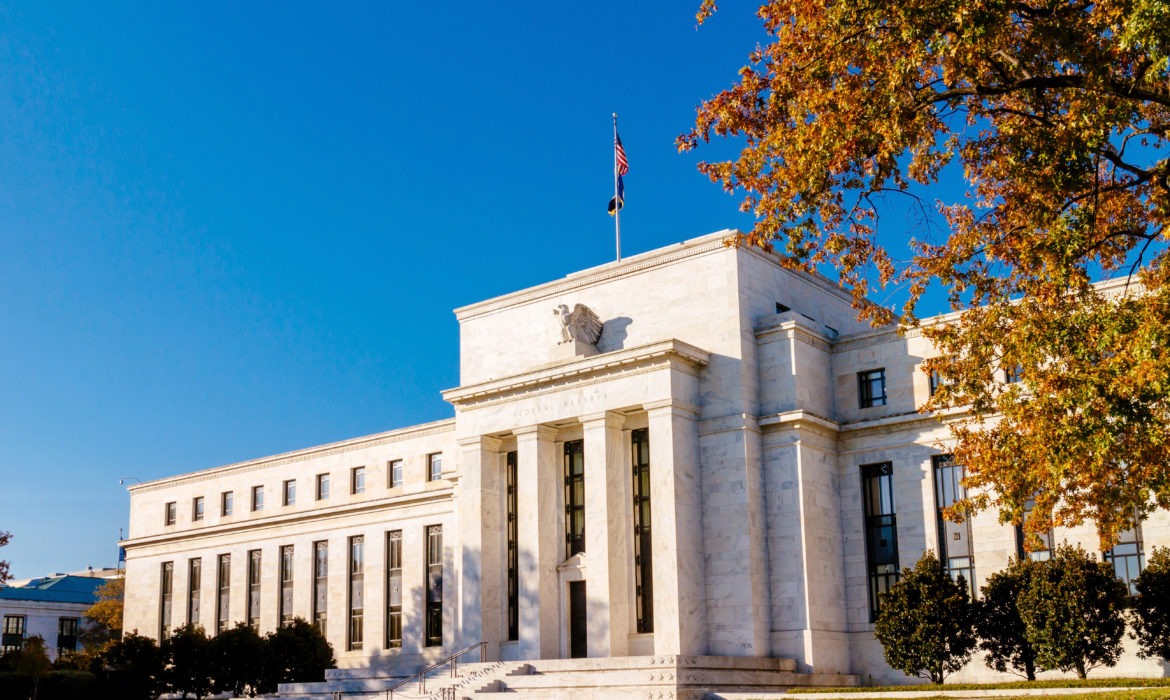Congress and the Federal Reserve are pushing stimulus efforts to new heights. Investors keep a close eye on a surge in the United States money supply for signs for the long-awaited return of inflation.
A metrics’ litany is showing a rapid growth in the value of money and is waiting for banks and other liquid accounts. Investors from Paul Tudor Jones to Ray Dalio have warned that the era of heated price rises can come to an end.
Mike Wilson is Morgan Stanley’s chief United States equity strategist. He wrote this week that it is fair to say that they had never observed money supply growth as high as it is today.
Moreover, he added that the Federal Reserve might not be in control of Money Supply growth. It means that they will not have control of inflation either if it gets going.
There are several various ways economists measure the size of the United States money supply. Generally, they are classified with the letter “M,” such as M2, M0, and M1.
The broad M2 measure includes money market securities, savings deposits, checking deposits, and cash.
Investors and economists tend to watch changes to the M2 supply. It is an indicator of the total future inflation and total money supply.
The year-over-year percent change in the M2 supply is now north of 23%, as underscored by Wilson. According to Federal Reserve records dating back to 1981, year-over-year growth in the M2 money supply had never exceeded 15% until 2020.
The Federal Reserve
Wilson wrote that the risk of higher inflation might be more significant than it has never been, as well. Moreover, he added that this has not shown up in back end rates yet. Nevertheless, precious metals and very sharp move higher in breakevens [bond market inflation expectations] suggest higher inflation may be on its way.
That seemed to be the opinion of Paul Tudor Jones, a longtime hedge fund manager. He said in May that his concerns over dollar depreciation and inflation prompted him to invest in both gold and bitcoin.
There are many differences between gold and bitcoin. For weeks, Wall Street chased both assets as hedges against inflation and a relatively safe place to keep wealth amid a volatile year.
One of the 2020’s best trades is gold. Thus, on Wednesday, gold burst through historical resistance at $2,000 an ounce to reach a new record. Between the coronavirus pandemic and inflation expectations, gold has gained nearly 35% this year. It is far ahead of the S&P 500’s 3%.
Jones said in May that on the other hand, if you take cash and you think about it from a purchasing power standpoint if you own money in the world today, you know that your central bank has an avowed goal of depreciating its value 2% per year.
These inflations and the source of this M2 expansion concern is not necessarily a mystery.
The Federal Reserve and Congress have worked in tandem to combat the adverse economic effects of Covid-19 with a unique cocktail of fiscal spending, subsidized loan programs, and near-zero interest rates.















